NDC Quality Milk Awards finalists develop a lucrative market for their calves
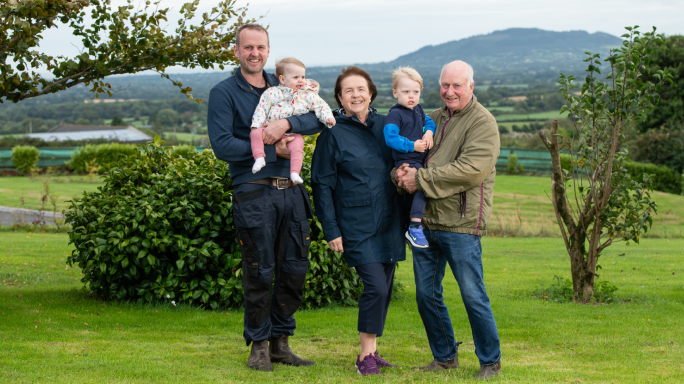
Father and son team, Danny and Dan Somers, are Tirlán’s nominees in this year’s National Dairy Council & Kerrygold Quality Milk Awards.
The Somers family milk an average 230 cows on 133 hectares at Thomastown, Arklow, Co. Wicklow and are laser-focused on breeding, herd health, grassland management, milk quality and working to reduce their carbon footprint year on year.
“We’re constantly trying to improve every single thing we do,” Dan explained ahead of the awards final on October 1. “What probably stands out most in our operation are our calf breeding programme, our focus on sustainability, in particular water quality, and from a milk quality perspective, always managing our cell count. Milk recording is a key tool used on this Dan is the third generation to farm there. He knows every inch of the farm and his uncle’s farm across the road that shelter in the valley. He played in the fields and in the river with his four sisters when he was a child and is eager to protect and enhance it for his own two children, Daniel (2) and Isla (1).
“We have a Montbéliard herd and are continually working to improve the genetics of our cows so that we can reduce our replacement rate and get more lactations out of each cow. We are doing this by aiming for good feet and reduced SCC so that there is less cows culled out of the herd for these reasons. The reduced replacement rate has lowered the carbon footprint of the farm and reduced methane emissions as cows have more lactations and do not need to be culled from the herd as regularly.
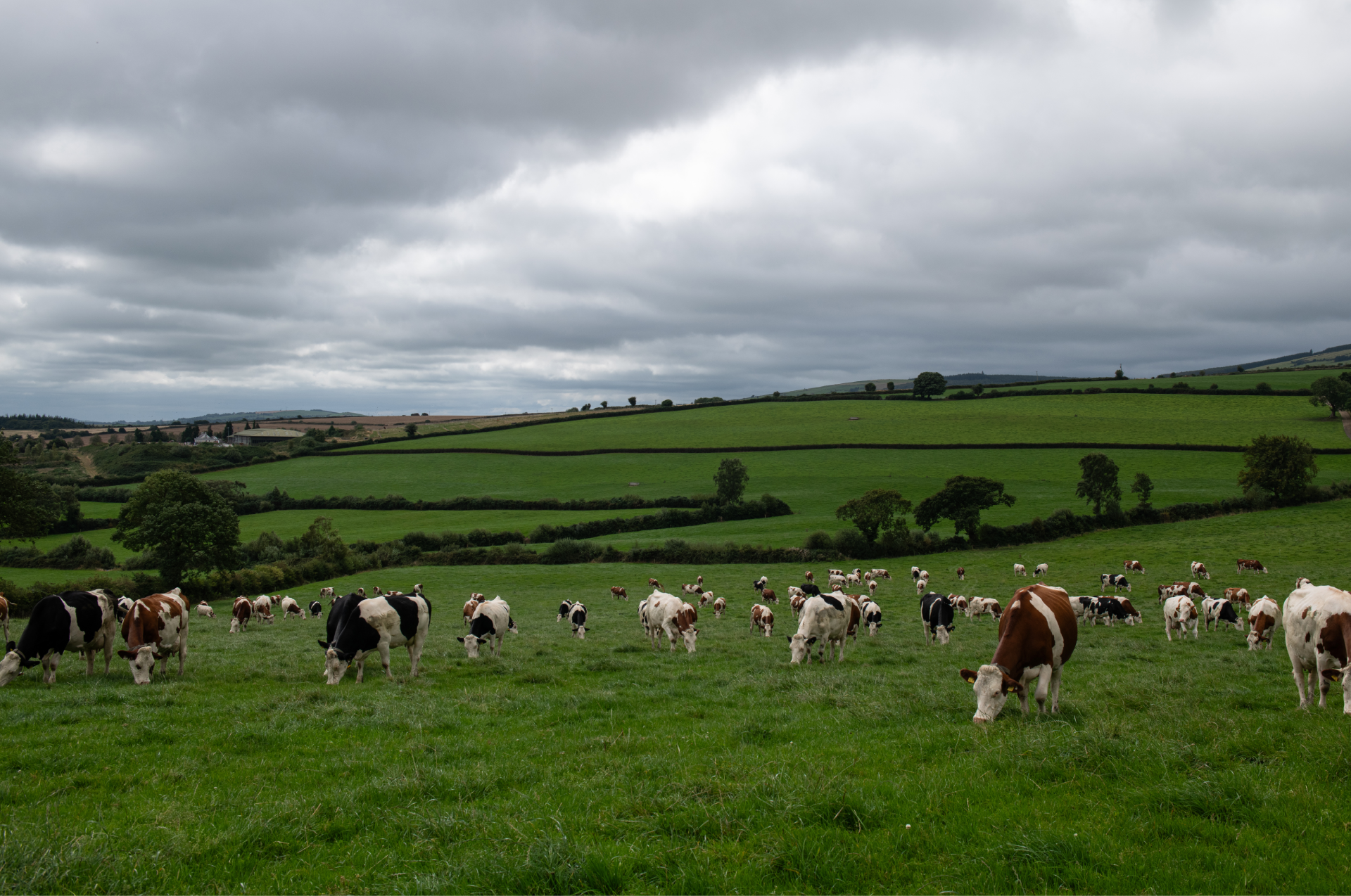
“Heat detection collars are used so that there is a reduced calving interval. This means, all replacement calves are born at the beginning of the calving season and calve down by two years old. The use of heat detection collars also ensures that no heats are missed and therefore cows have every opportunity to go in calf.
Dairy-Beef calves
“We have established a very strong market for our beef calves in the local area with buyers arranged for majority of the calves before they are born. We are also conscious of producing calves with a good CBV value so that there is a reduced age of slaughter in the dairy-beef calves. This brings value to the beef farmer as they are buying good quality calves. We have many repeat customers who buy calves off us every year and this is something we take great pride in and it’s an important part of our business.
“All cows not intended to breed replacements are given either Limousine or Belgian Blue straws. When selecting straws to breed the beef calves, we take into account the end product for the beef farmer and are always conscious to ensure we are selecting bulls with a high beef sub index within the DBI. Some of the Irish AI companies have arranged for us to try certain beef straws given the good name we have in the local area for breeding great quality dairy-beef calves.
Breeding replacements
“Heifers are bred by natural service to Montbéliard bulls. 50% of the cows are bred using sexed Montbéliard straws the remaining cows are bred to beef sires as explained above this maximises the value of the calves born on our farm. We do all of our own AI. Replacements are bred from cows with good ratings for feet, milk solids, and yield. Our aim is to breed a compact and resilient cow that will stay in the herd for multiple lactations.
Protecting & Enhancing Water Quality
“All fertiliser spread on the farm is in line with our Nutrient Management Plan which is developed based on up to date soil sample results. Fertiliser is only spread when conditions are suitable and we always follow the correct protocol; right product, right place, right time and right rate.
“We have a watercourse running through the farm and everything we do is based on protecting and enhancing this. We water sample from it every month to ensure we’re not impacting on it in any way.
“All water courses on our farm are fenced off, leaving at least a 1.5 meter buffer zone to prevent runoff entering the water course. We are in the process of establishing reed beds which have been found to reduce pollutants by removing nitrates, ammonium, and phosphates before we get to the water course. Sediment ponds for collecting water from the yard are also being established.
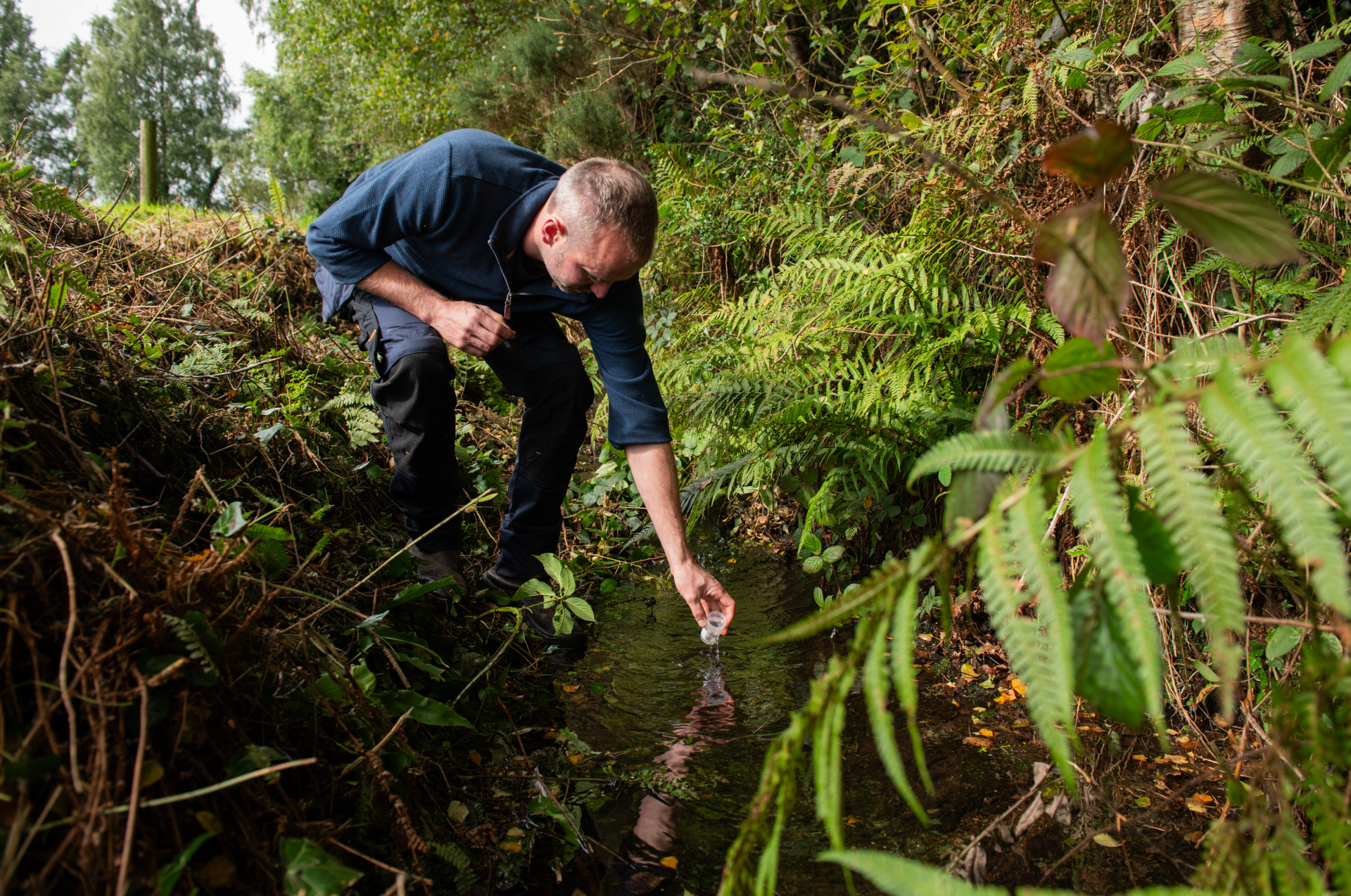
Low Emissions Slurry Spreading (LESS)
“Slurry is allocated in line with our plan, also prioritising low index P and K paddocks and silage ground. Closed seasons are strictly adhered to, both because we are conscious of the environmental impact, particularly for water quality, but also because we have sufficient slurry storage. We aim to optimise the nutrients supplied by slurry by using LESS and by only spreading when the conditions are suitable. This reduces the need for chemical fertilisers.
“We really value the benefits of having up-to-date soil sample results. Samples are taken at a minimum of every two years but in certain areas of the farm it can be more regular if we want to reseed.
Red Clover Silage
“Clover incorporation is a huge priority for us all reseeds incorporate clover in the sward, in other paddocks where we are unhappy with the level of clover, we have gone and stitched it in. We optimise the pH levels of the soil on our farm by spreading lime as recommended in our NMP. We are also big advocates for red clover silage with over 50 acres allocated to red clover silage production. All nitrogen fertiliser used on the farm is in the form of protected urea, meaning there is less nitrogen leached into the atmosphere.
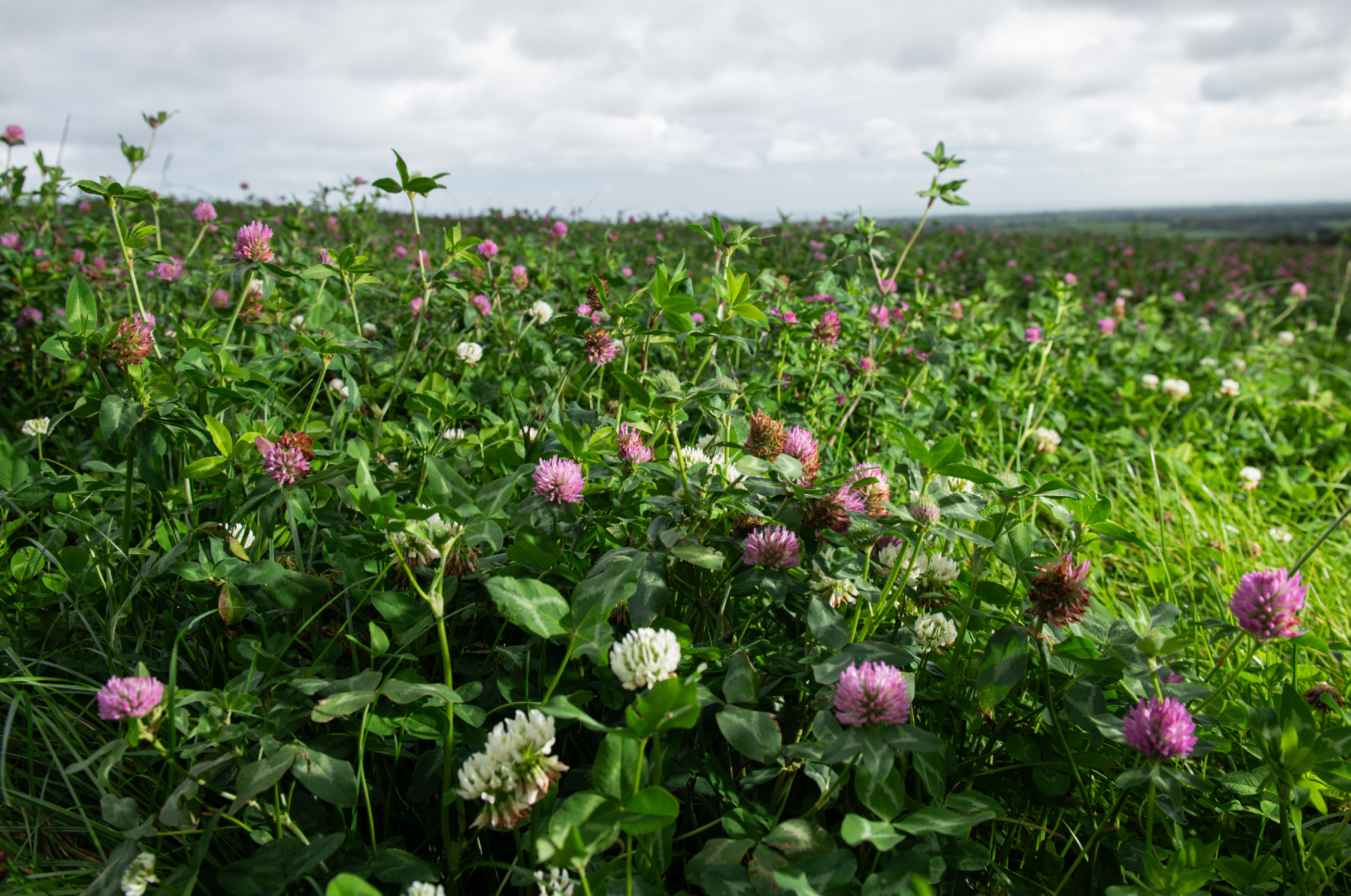
On-farm sustainability
“We use a heat recovery system to partially heat the water used for washing the milking machine so that we then require less energy to get the water up to the required temperature. We are now looking at installing solar panels to further this energy reduction progress.
“We have committed to planting hedging on our farm on a yearly basis so that the level of carbon sequestration and biodiversity is increased on our farm. We have also constructed settlement ponds for clean water runoff from the yard.”
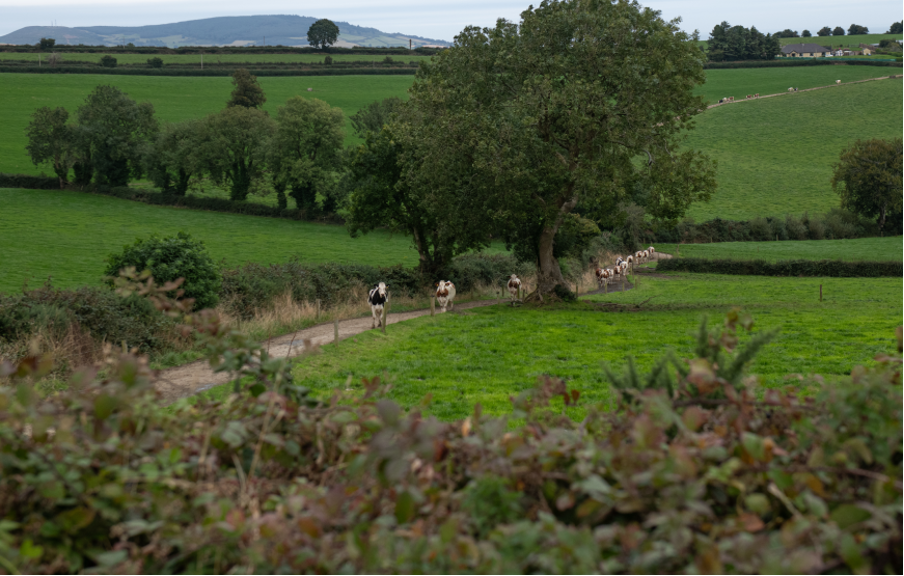
Milk Quality
Milk from the Somers farm is collected on farm every second day and they milk record regularly in order to monitor the cows and highlight any SCC problems.
“Bulk tank SCC results are closely monitored through text messages, collection dockets and on our Tirlan FarmLife account. The milk filter is checked and changed every time to quickly identify a case of mastitis in the herd. We rely on a constant flow of up to date data to identify any problem cows within the herd. If there is any increase in bulk tank SCC results, cows are stripped to identify where there may be an infection. This is done in conjunction with Californian milk testing.
“Any cow identified to have a mastitis infection is marked with spray marker on her udder and rubber straps are put on her back legs. Gloves are worn in the parlour at all times and maintained clean. High SCC cows are quickly removed from the herd or they are culled depending on the severity of the case. This decision is made based of milk recording data. Clusters are dipped in a peracetic acid solution after high SCC cows are milked.
“We are happy with how effective our washing routine is. Having sufficient levels of hot water makes it a lot easier to maintain good milk quality results”
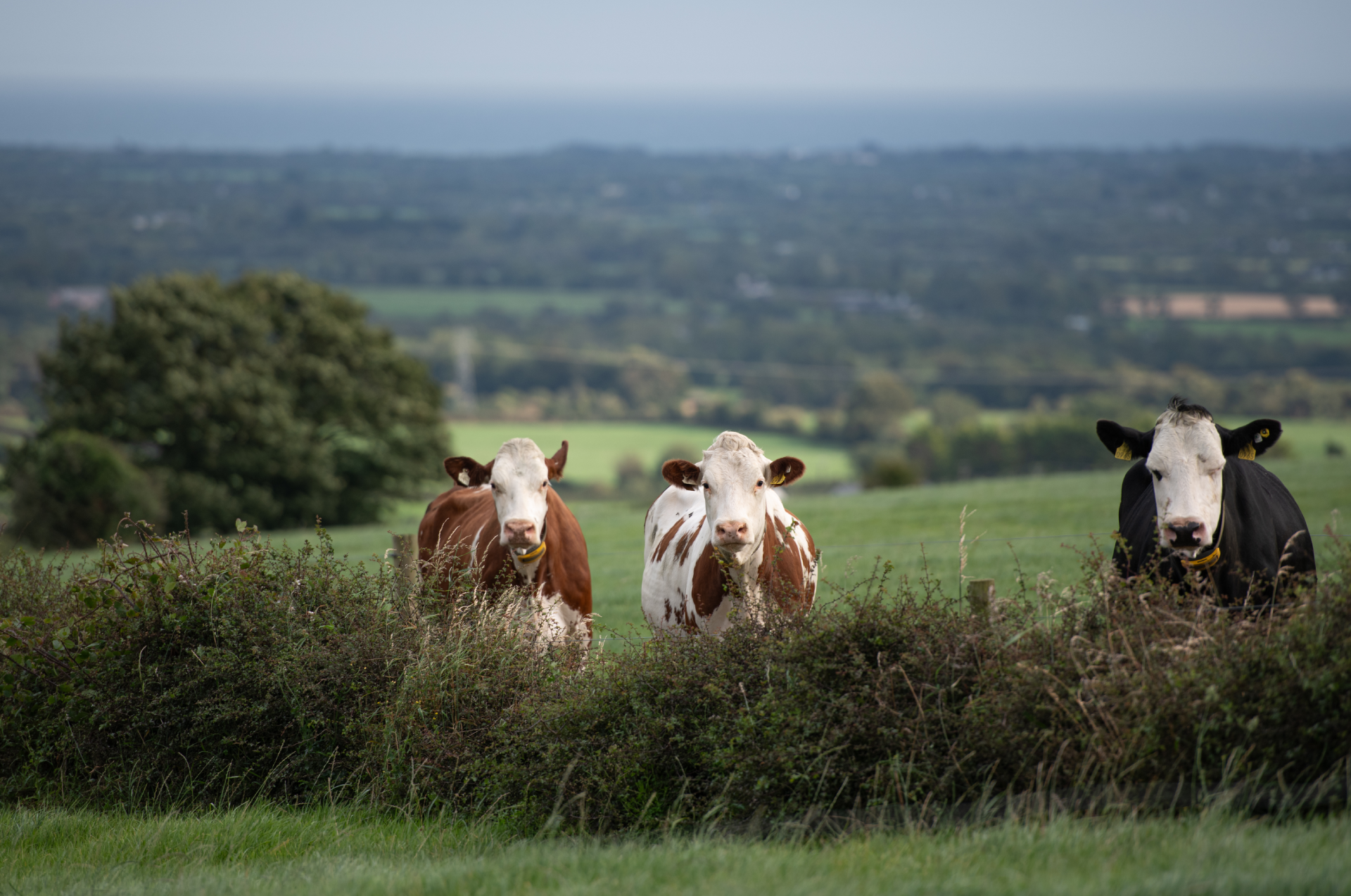
Looking Forward
Dan said they love being dairy farmers and are constantly trying to find new and better ways of working. Being selected as a finalist in this year’s National Dairy Council & Kerrygold Quality Milk Awards is a great bonus, he says, and a seal of approval from the sector about their continuous efforts to improve their herd and farm more sustainably into the future.
“Tirlán is a big co-op with lots of very good dairy farmers. We were surprised but also delighted to be selected as their representative at this year’s awards. It’s a huge honour and we’re really looking forward to it.”
Dan says they are acutely aware of the pressures and the uncertainty facing farmers at the moment. However, he says it is important to focus on the positives and work on the things they can control, rather than getting caught up with worries about changing regulations and weather challenges, which are outside of their control.
“This is a farm business and we have to make a living but there is also a sentimental attachment to the land and we are very focused on protecting and enhancing it, making sure we leave it in an even better place for the next generation. Our son, Daniel, is only 2 and our daughter, Isla is only a year old. But I’d like to ensure that if they do decide to farm, that it’s a good enterprise for them.
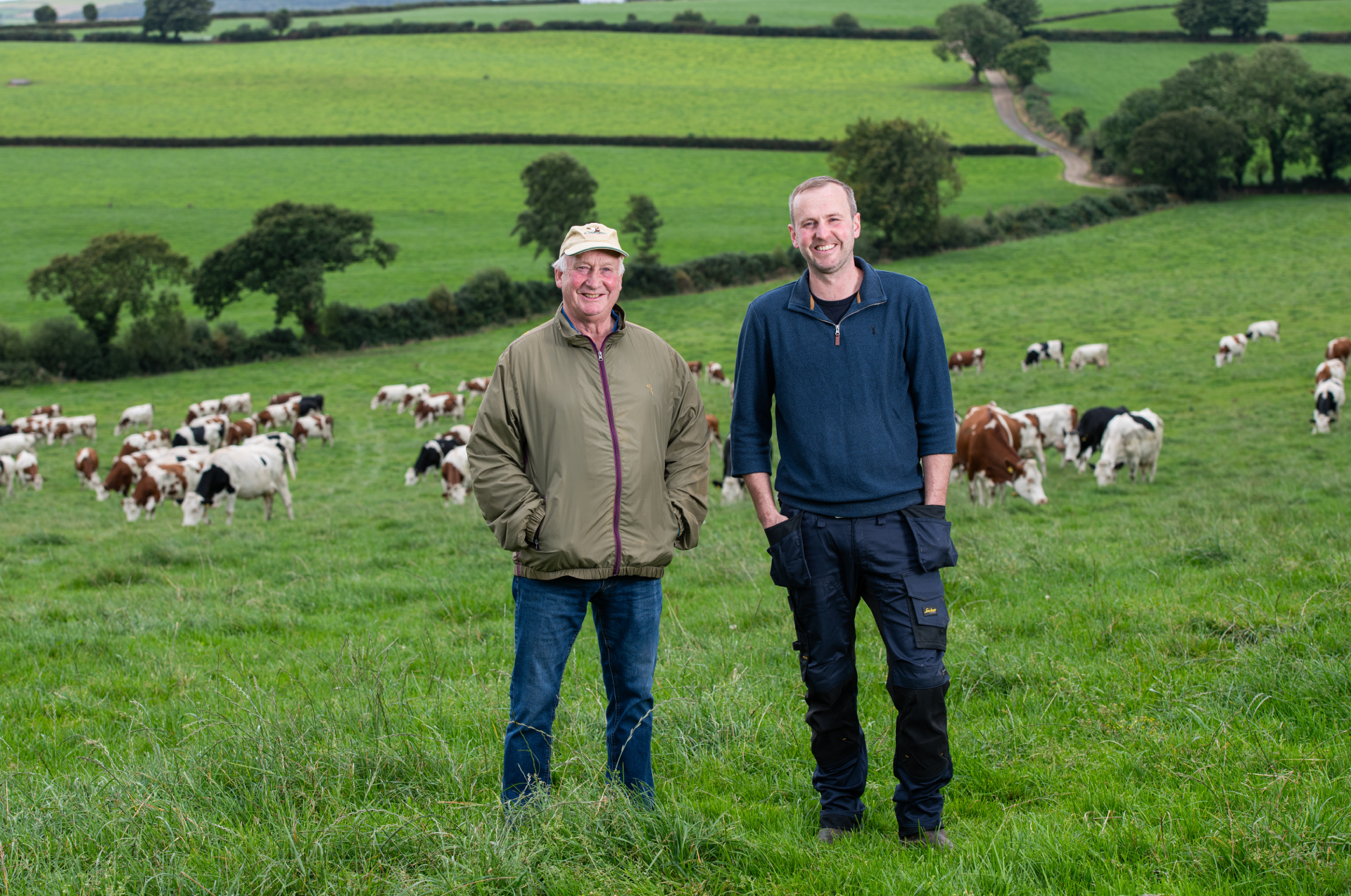
First Published 30 September 2024